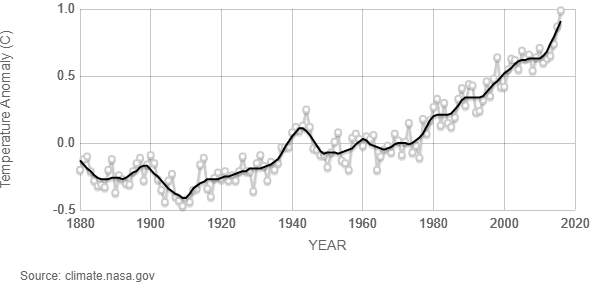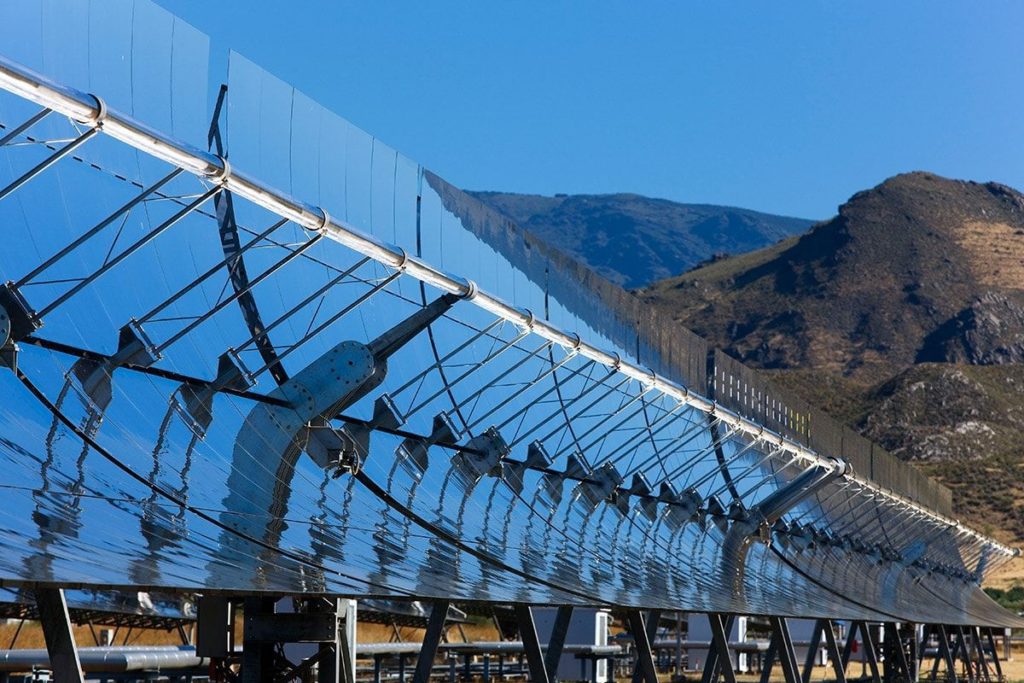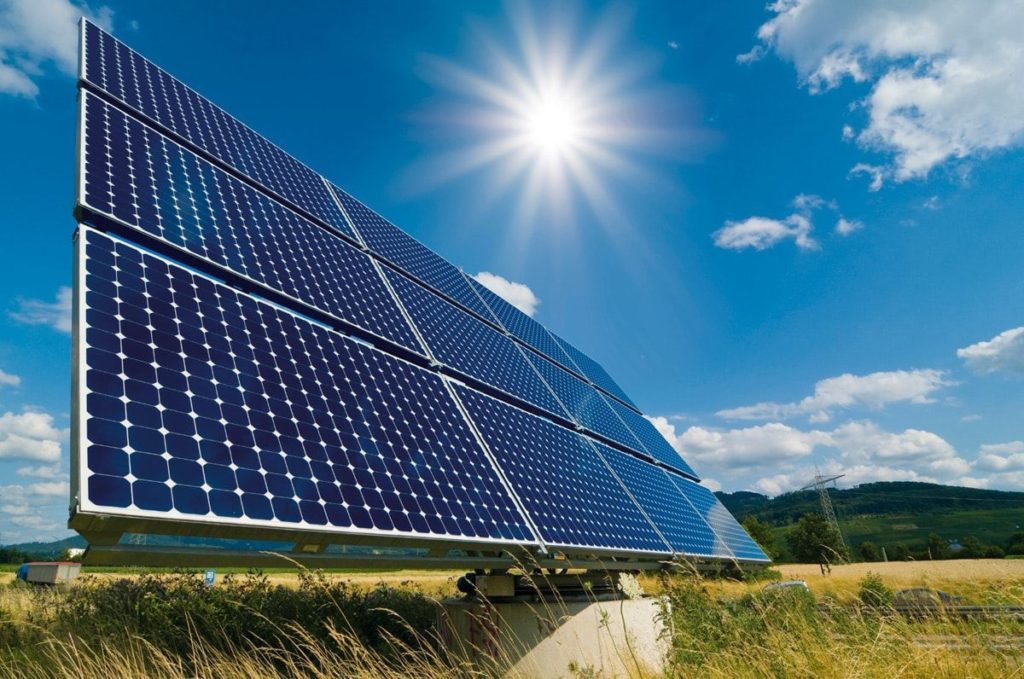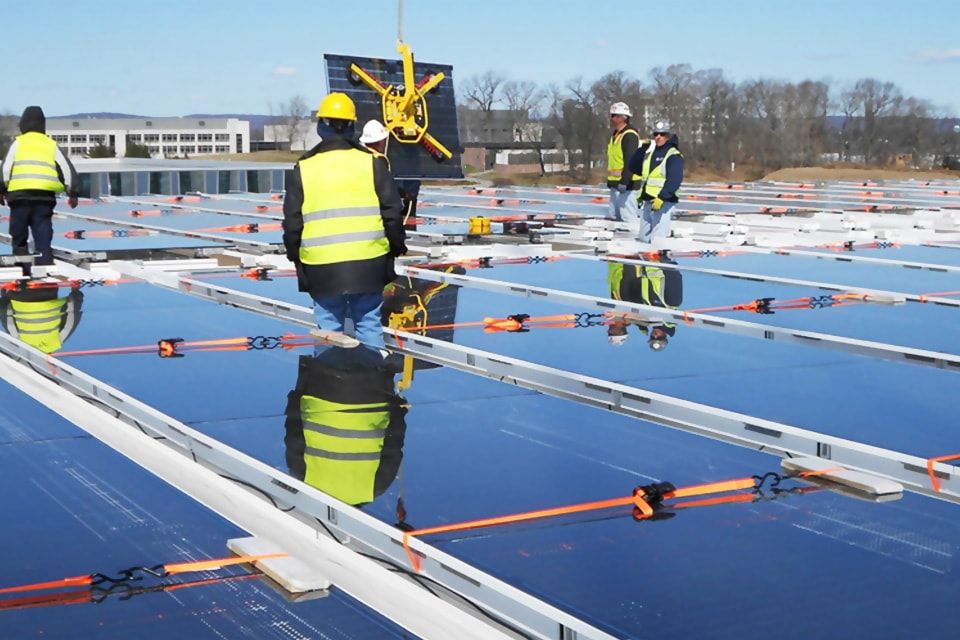


Via The United Nations Framework Convention On Climate Change (UNFCCC)

And

GREEN, SOCIALLY RESPONSIBLE AND ETHICAL INVESTMENTS WITHIN IN THE ENVIRONMENTAL SECTOR & UNDER THE PARIS AGREEMENT

ABOUT

Under these mechanisms, between 2008 and 2013, Carbon 350 was involved in over 40 Environmental Projects including Municipal Solid Waste Composting, Methane Capture / Methane Capture and Utilisation and Utilisation, Calcium Carbide Residue Utilization, Municipal Solid Waste Power Generation, Biomass Cogeneration (Heat and Power), and Hydro Electric Power projects ranging from 5 MW through to Ecuador’s 1500 MW Coca Coda Sinclair Project, where Carbon 350 acted as Lead Accreditor. You can review the environmental projects we have been involved in on our projects page by clicking here.
Under these mechanisms, between 2008 and 2013, Carbon 350 was involved in over 40 Environmental Projects including Municipal Solid Waste Composting, Methane Capture / Methane Capture and Utilisation and Utilisation, Calcium Carbide Residue Utilization, Municipal Solid Waste Power Generation, Biomass Cogeneration (Heat and Power), and Hydro Electric Power projects ranging from 5 MW through to Ecuador’s 1500 MW Coca Coda Sinclair Project, where Carbon 350 acted as Lead Accreditor. You can review the environmental projects we have been involved in on our projects page by clicking here.
Carbon 350 endured the demise of The Kyoto Protocol in 2013 and is now preparing for The Paris Agreement; the new global treaty on Climate Change (agreed November 2015, Signed April 2016 and Ratified October 2016) and the United Nations backed subsidization mechanisms which are under development, yet included in Article 6 of The Treaty.
Capitalising on the “Zero Waste” and “Circular Economy” themes of The Paris Agreement, Carbon 350 believes that ZWEM, combined with UN subsidization (the monetization of the net reduction in emissions achieved through re-use of industrial equipment versus new manufacture) can make a substantial contribution to the environmental objectives of The Paris Agreement.
Carbon 350 recently won the European Union’s Horizon 2020 Research and Innovation Programme, where nearly 80 Billion Euros has been made available between 2014 and 2020.
TRACK RECORD
THE PARIS AGREEMENT
The Paris Agreement is a global agreement to keep average global temperatures within 2 degrees of pre-industrial times.
(Know More)


We are currently 1.06 degrees above 1880 which is the base year of “pre-Industrial times”. http://climate.nasa.gov/vital-signs/global-temperature/.
As Carbon Dioxide levels and temperatures are roughly linear (at current levels), this equates to 450 Parts of CO2 Per Million Parts of Air. This is well above the highest recommended level of 350 Parts per Million (PPM). We are at 403 PPM now and increasing at 3 PPM per annum. Source: NASA: http://climate.nasa.gov/
In order to achieve the environmental objectives of The Paris Agreement whilst still attaining high levels of global GDP growth, and as the developing world industrialises, a much higher percentage of renewable energy needs to be used to generate the power we require. The IEA estimates the world energy demand will grow 70% by 2040. International Energy Agency, World Energy Outlook 2015 Fact Sheet, Third Paragraph: http://www.worldenergyoutlook.org/media/weowebsite/2015/WEO2015_Factsheets.pdf.
The IEA estimates to achieve the objectives of the Paris agreement, global investment in renewables needs to increase by $36 trillion above the base case scenario between 2016 and 2050. Based on an immediate increase in green investments, breakeven should be achieved by at 2025, and by 2050, $100 Trillion will have been saved in fossil fuel input costs. Source: International Energy Agency: http://www.iea.org/Textbase/npsum/ETP2012SUM.pdf
Sir Nicholas Stern, estimates that not combatting climate change, will lead to losses in global GDP of between 5 and 20% based on a number of factors the most significant of which are breakdowns in supply chains and loss of land mass and housing. Summary and Link to Actual Report: https://en.wikipedia.org/wiki/Stern_Review.




A 46 TRILLION DOLLAR OPPORTUNITY BETWEEN NOW AND 2050
The following table details the increases in installed capacity (Gigawatts) of the main renewable energy generating technologies based on the requirements of The Paris Agreements as defined by the International Energy Agency.
Diagram: 1. Extrapolation of Renewable Energy Technology Deployment 2015 and as required by The Paris Agreement.
Main Renewable Energy Technologies | 2014 (GW) | 2015 (GW) | Increase (GW) | Growth Rate Installed Capacity 2014-2015 | New GW Installed by 2050 To Achieve Paris Agreement | New GW Installed Per Year 2016 – 2050 To Achieve Paris Agreement |
Photo Voltaic | 177 | 227 | 50 | 28.25% | 8,500 | 250 |
Wind | 370 | 433 | 63 | 17.03% | 10,710 | 315 |
Concentrated Solar Power | 4.3 | 4.8 | 0.5 | 11.63% | 85 | 3 |
Bio-Power | 101 | 106 | 5 | 4.95% | 850 | 25 |
Hydro | 1036 | 1064 | 28 | 2.70% | 4,760 | 140 |
Geothermal | 12.9 | 13.2 | 0.3 | 2.33% | 51 | 1 |
This extrapolation of renewable energy technology deployment demonstrates the vast scale of green investments required to meet The Paris Agreement’s environmental objectives and at the same time the power requirements of the world.
REN21: Global Renewables Status Report, Page 19 – http://www.ren21.net/status-of-renewables/global-status-report/
REN21: Data Source: Bloomberg New Energy Finance: http://about.bnef.com/



“350’s mission is to assist by all commercial means in the reduction of
atmospheric CO2 to 350 parts of CO2 per million of air and to reduce other green
house gases (CO2e) to equivalent levels.”
NICK DIMMOCK – MANAGING DIRECTOR



![2by-1_100587639_1[1] 2by-1_100587639_1[1]](https://carbon350.net/wp-content/uploads/elementor/thumbs/2by-1_100587639_11-p1qxs7tdtx59ctsmuji3kib89q6pf7hks34agus0c8.jpg)